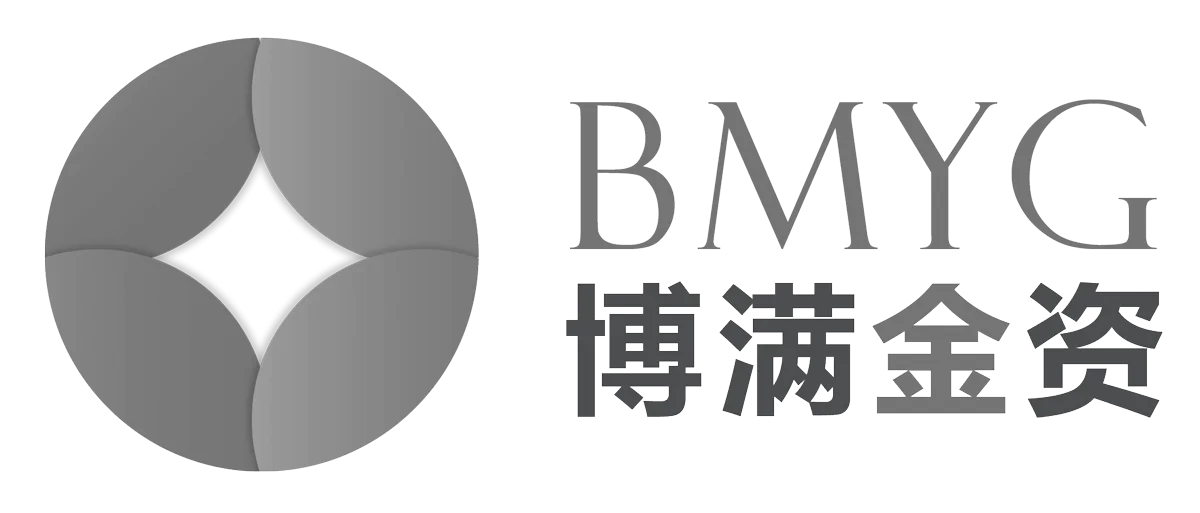News and Announcements

Defining and Establishing a Moat in Your Business
- Published October 16, 2023 11:00PM UTC
- Publisher Wholesale Investor
- Categories Capital Raising Tips
In the competitive landscape of business, having a unique product or service isn’t always enough. The true differentiator often lies in establishing a moat—a distinct advantage that sets a company apart and protects it from competitors. Steve Torso, the CEO & Co-Founder of Wholesale Investor, offers a deep dive into the concept of a business moat and how to cultivate it.
Understanding the Essence of a Moat
A moat, as defined by Charlie Munger, is “an intrinsic characteristic that gives the business a durable competitive advantage.” This intrinsic characteristic is so fundamental that removing it would destroy the business. In simpler terms, a moat is what makes a business uniquely defensible against competition.
The Misconception of Uniqueness
Many founders believe their businesses are unparalleled. Terms like “world-first” or “revolutionary” are frequently used in pitches. However, the reality is that investors often encounter similar pitches, and what founders perceive as unique might not be so in the eyes of seasoned investors. Thus, it’s crucial to identify and emphasise what genuinely sets a business apart.
Key Pillars of a Business Moat
- Brand Recognition: A strong brand can serve as a significant moat. When customers think of a product or service, your brand should be the first that comes to mind. Companies like Apple or Nike have successfully established brand moats.
- Economies of Scale: As a business grows, it can produce more at a lower cost per unit. This scale can deter competitors since they can’t match the pricing without incurring losses.
- Distribution Networks: Having an established distribution channel or a vast user base can be a formidable moat. New entrants would find it challenging to replicate or compete with such a network.
- Capital Requirements: In industries where entry requires significant capital investment, the sheer amount of initial capital can act as a moat, deterring potential competitors.
The Investor’s Perspective
For investors, a business moat signifies longevity and reduced risk. It indicates that the business has a defendable position in the market and can withstand competitive pressures. Thus, when pitching to investors, it’s vital to highlight and substantiate the business’s moat clearly.
Conclusion
In the world of business, establishing a moat is paramount. It’s not just about having a unique product but about creating a defendable position in the market. As Steve Torso underscores, understanding and emphasising your business’s moat can be the difference between fleeting success and long-term market leadership.
Capital Raising Tips
Backed By Leading Investment Groups and Family Offices









